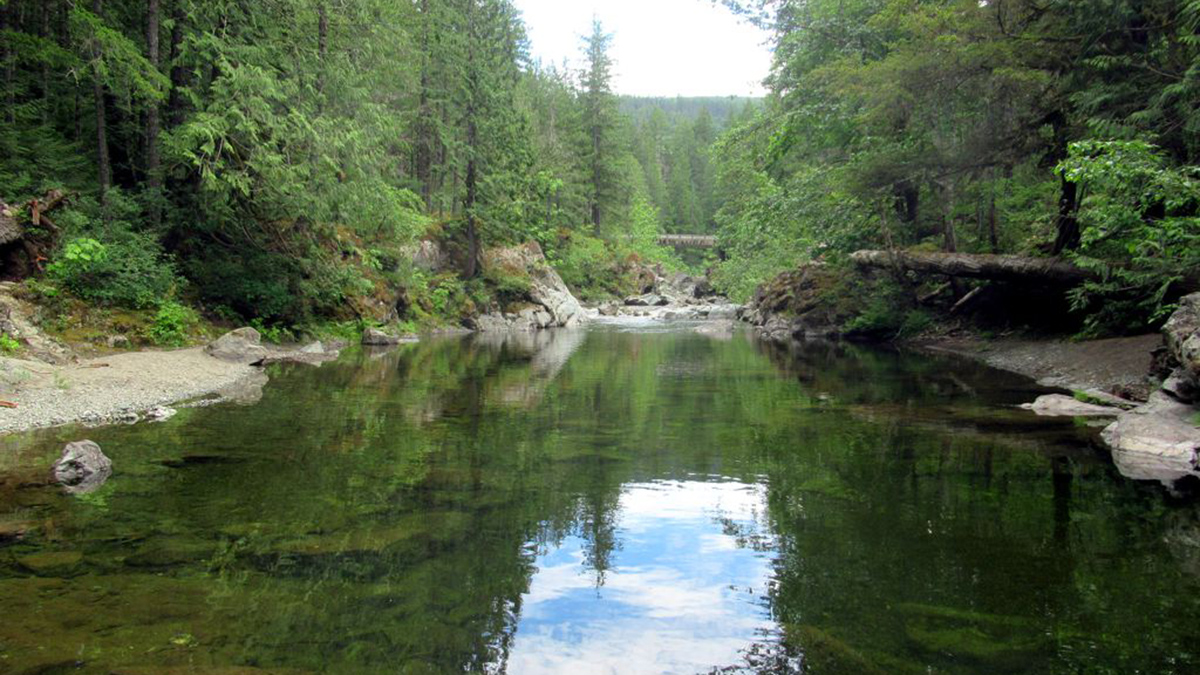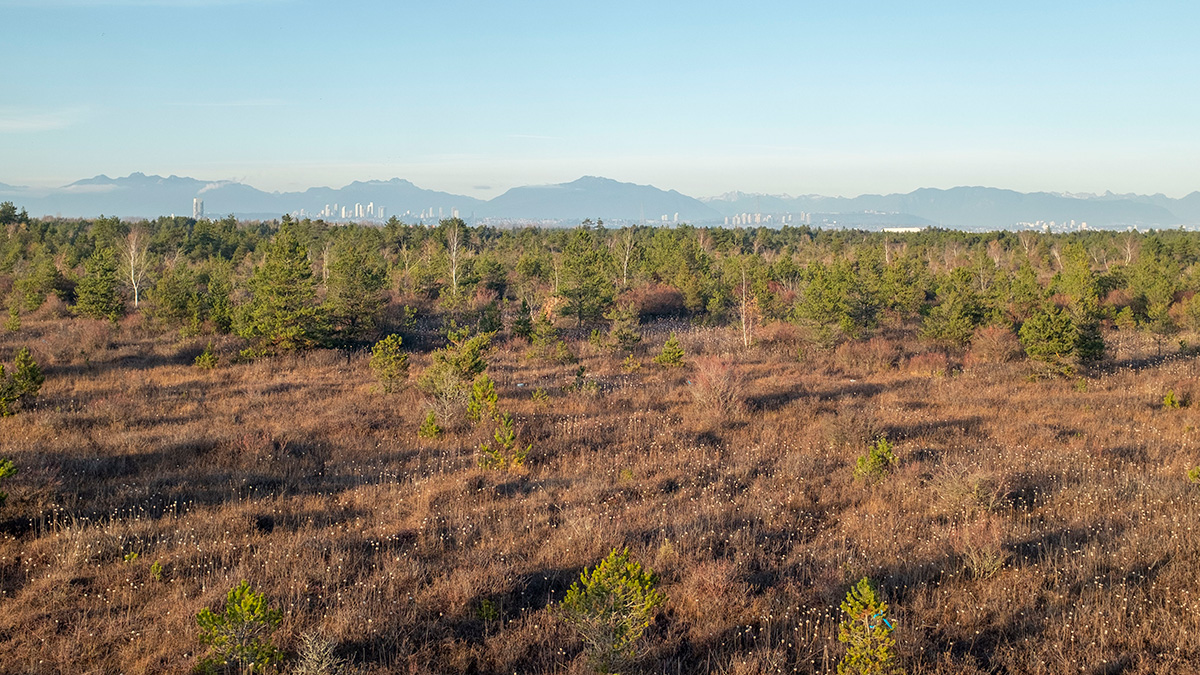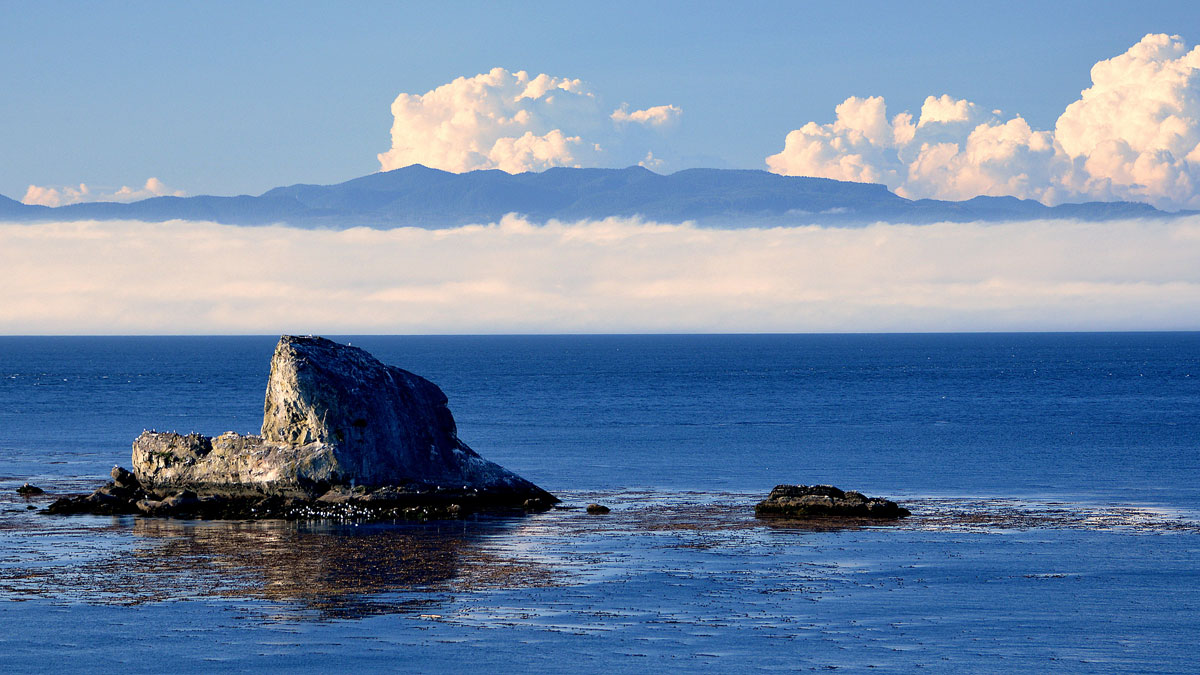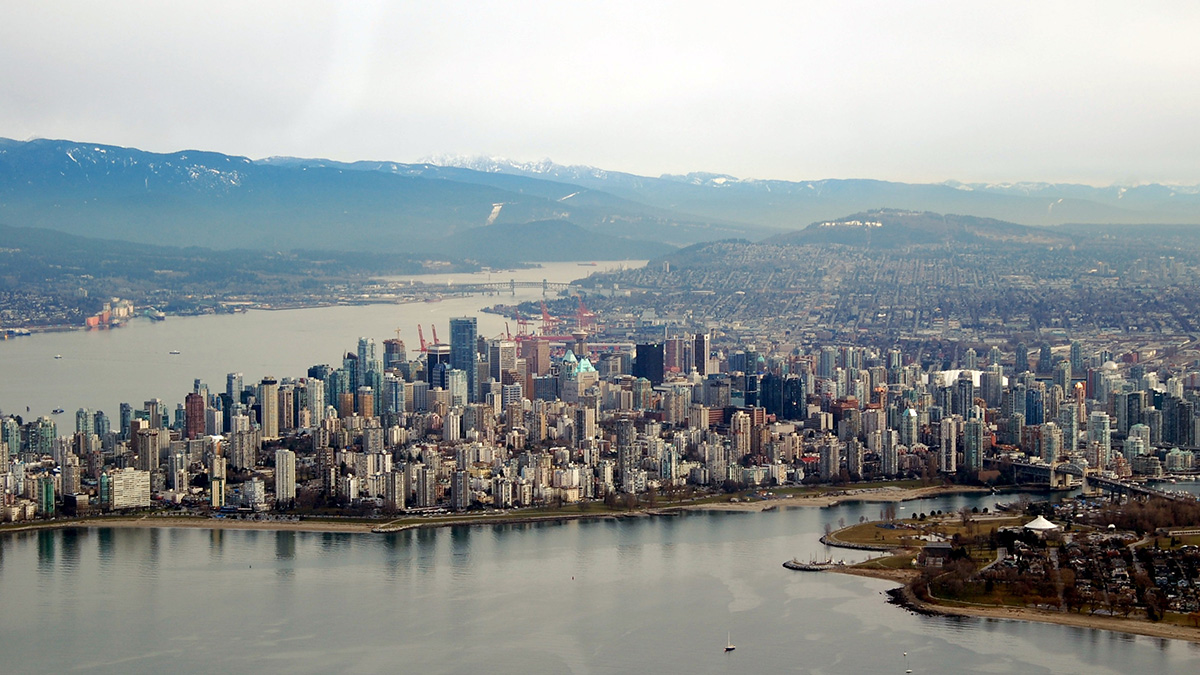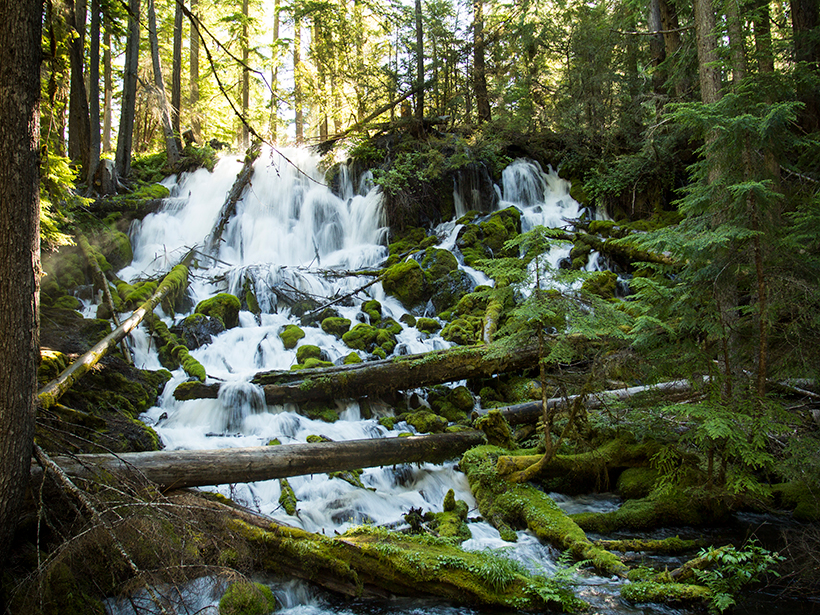A community science project supports an innovative watershed management plan.
Vancouver
Posted inResearch Spotlights
Exploring Carbon Emissions in Peatland Restoration
Rewetting bogs can increase methane emissions in the short term, but ultimately the approach helps restore peatlands and create larger carbon sinks.
Posted inResearch Spotlights
Tracing Water Particles Back in Time
Every summer, a low-oxygen pool settles off Canada’s western coast. A new study uses robust modeling to track the origins of the dense water.
Posted inNews
Crowdsourced Science Helps Map Vancouver’s “Smellscape”
Exposure to stinky odors can affect human health, but quantifying smells can be difficult.
Posted inResearch Spotlights
Forested Streams May Warm More Than Observations Predict
Understanding how temperatures of cold-water streams respond to global warming could help clarify the impacts of climate change on aquatic ecosystems.
Posted inNews
Active Mud Volcano Field Discovered off Southeast Alaska
A cruise to study landslide potential along an earthquake-prone fault found a surprising methane plume.

